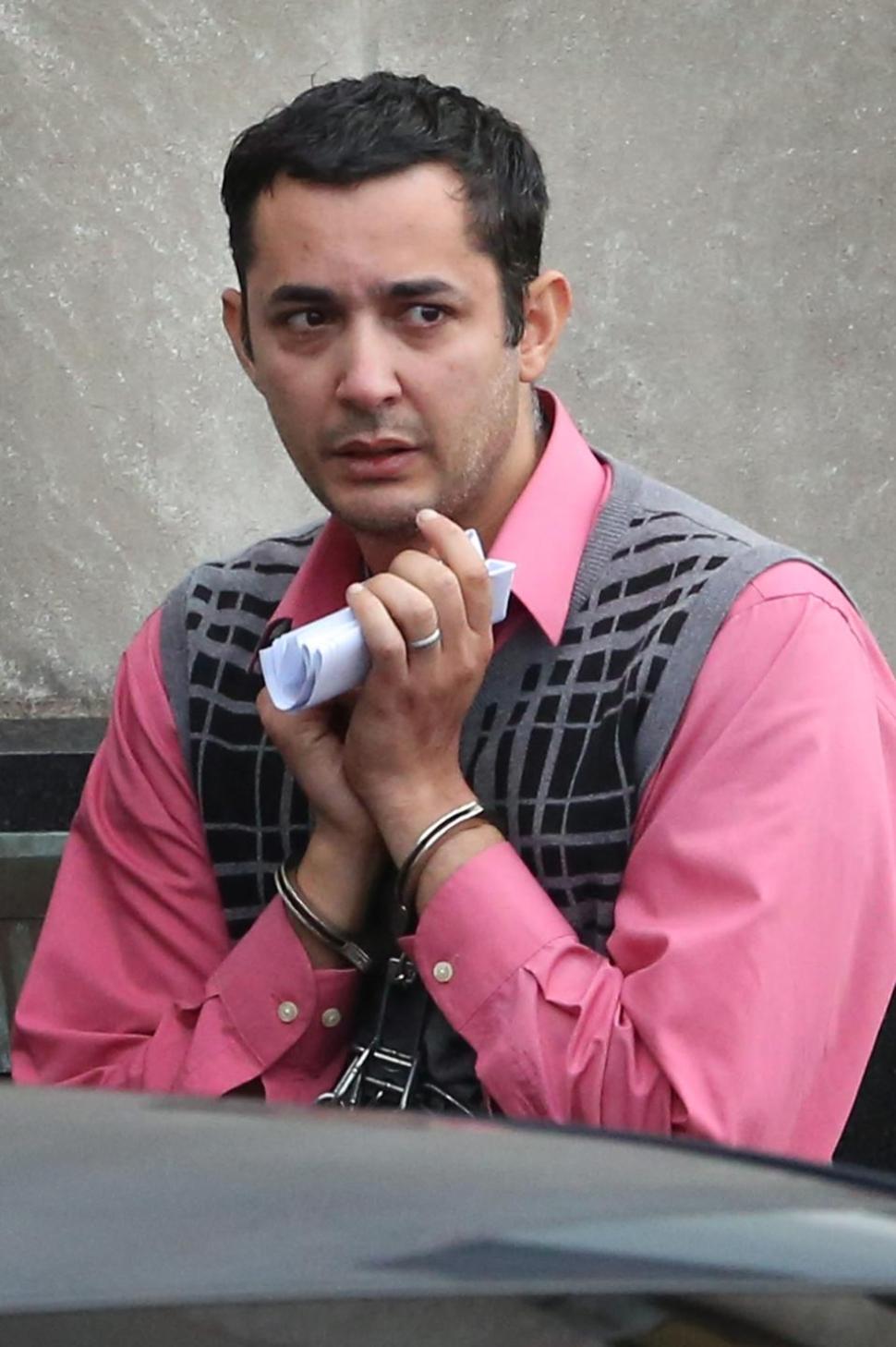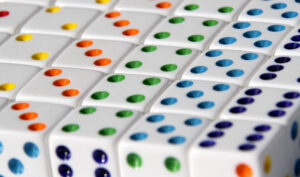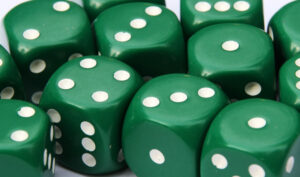(Navy Times) A naturalized American citizen working for the Navy was arrested Friday for attempting to sell technical information about the nuclear aircraft carrier Gerald R. Ford to an agent of the Egyptian government.
The agent, however, was a federal undercover agent working for the FBI.
According to documents from the Justice Department, a federal grand jury on Dec. 3 indicted Mostafa Ahmed Awwad, 35, and charged him with two counts of attempting to export defense articles and technical data.
According to a redacted affidavit from federal agent James Blitzer, Awwad was born in 1979 in Saudi Arabia. He married a US citizen in May 2007 in Cairo, Egypt, and later became a US citizen.
At the time of his indictment, Awwad, of Yorktown, Virginia, was working as a civilian engineer in the nuclear engineering and planning department of the Norfolk Naval Shipyard, where he had been hired in February. He had been given a clearance of Secret.
The office provides engineering support for the Gerald R. Ford, under construction at Newport News Shipbuilding in nearby Newport News, Virginia.
The indictment and affidavit provide details of how, on Sept. 18, an FBI undercover agent speaking in Arabic contacted Awwad by phone and asked to meet the following day. Awwad subsequently agreed to copy and turn over diagrams and schematics of the carrier, many marked “NOFORN,” meaning no distribution to foreign citizens.
According to a Justice Department press release, during the Sept. 19 meeting “Awwad met with the undercover FBI agent, who was posing as an Egyptian intelligence officer, in a park in Hampton, Virginia.
“During the meeting Awwad claimed it was his intention to utilize his position of trust with the US Navy to obtain military technology for use by the Egyptian government, including but not limited to, the designs of the USS Gerald Ford nuclear aircraft carrier. Awwad agreed to conduct clandestine communications with the undercover FBI agent by email and unattributable telephones and to conduct ‘dead drops’ in a concealed location in the park.”
On Oct. 9, the Justice Department release continues, Awwad “and the undercover FBI agent met at a hotel where Awwad described a detailed plan to circumvent US Navy computer security by installing software on his restricted computer system that would enable him to copy documents without causing a security alert.
“At this time Awwad also provided the undercover FBI agent four computer aided drawings of a US nuclear aircraft carrier downloaded from the Navy Nuclear Propulsion Information system. These drawings were marked with warnings that foreign distribution could result in criminal prosecution.
“During the discussion, Awwad indicated his understanding that the drawings would be sent to and used in Egypt. Awwad also asked the undercover FBI agent for $1,500 to purchase a pinhole camera he would wear around the shipyard to photograph restricted material.
“At the conclusion of the meeting, Awwad agreed to provide the undercover FBI agent with passport photos which would be used to produce a fraudulent Egyptian passport so Awwad could travel to Egypt without alerting US government officials.”
On Oct. 23, the documents said, Awwad traveled to a pre-arranged dead drop site — a concealed container disguised as a hole in the ground situated on a secluded hiking trail in a park. There, “he retrieved $3,000 in cash before placing a one-terabyte external hard drive and two passport photos inside. The FBI later collected the contents of the dead drop container.”
More than a month later, on Nov. 28, said the Justice department, “Awwad was observed entering his office at the Norfolk Naval Shipyard holding a cardboard tube about three feet long. Once in his office, Awwad opened the cardboard tube and took out several white sheets which appeared to be design schematics of an aircraft carrier. Awwad then placed the schematics on the floor of his office and photographed them. After approximately 45 minutes of viewing the schematics and taking photographs, Awwad placed all the schematics back in the cardboard tube and left his office.” . . .
Awwad-affidavit-3DEC14 (pdf)
Awwad-indictment-3DEC14 (pdf)
Saudi-born US naval engineer allegedly gave undercover agent info on how to sink carrier (Fox)
A Naval engineer is facing charges that he gave an FBI undercover agent posing as an Egyptian intelligence officer secret documents about the new Gerald R. Ford aircraft carrier while discussing how to sink the vessel with a missile.
Mostafa Ahmed Awwad, 35, of Yorktown, Va., was arrested Friday on an FBI affidavit that reads like it came from a Tom Clancy novel.
Federal prosecutors in Virginia say that during his conversations with the undercover, Awwad arranged to use a dead-drop location along a secluded hiking trail to pass secrets about the Ford, which is being built in Virginia for delivery to the Navy in 2016.
The affidavit says that at a hotel meeting on Oct. 9 Awwad gave the undercover drawings of the aircraft carrier that he said were top secret. During the meeting, “Awwad discussed where to strike the vessel with a missile in order to sink it,” the affidavit says.
The FBI undercover was posing as an Egyptian spy named “Yousef” and spoke to Awwad in Arabic. . . . (read more)
Feds: Navy engineer tried to steal schematics for new carrier class (Stars & Stripes)
A Navy engineer was arrested and charged Friday with attempting to steal plans for the Navy’s most advanced aircraft carrier, now under construction at Newport News Shipbuilding.
Mostafa Ahmed Awwad, 35, a York County, Va., resident who worked at Norfolk Naval Shipyard in Virginia, was indicted on two counts of attempted exportation of defense articles and technical data, according to a news release from U.S. Attorney Dana J. Boente. If convicted, he faces a maximum of 20 years in prison on each count. . . . (read more)
Man tried to take Ford carrier specs to Egypt (Virginia-Pilot)
. . . . The so-called “false flag” operation that snared Awwad began Sept. 18, the affidavit said. An FBI agent called Awwad, identified himself in Arabic as “Yousef” from Washington, D.C., and asked for a meeting at a public park in Hampton. Without asking for additional information, Awwad agreed, the affidavit said.
The next morning, Awwad spoke with the agent for about 90 minutes at Sandy Bottom Nature Park in Hampton. The affidavit said they talked about U.S. radar technology, aircraft carriers and submarines. They also discussed how they would exchange documents and money using clandestine drops.
The affidavit said Awwad – who took a .45-caliber handgun to the meeting – agreed to provide information to the Egyptian government, including schematics for the Gerald Ford.
The first drop was supposed to happen Oct. 2, but Awwad did not follow through. They subsequently traded emails and spoke by phone before arranging a second meeting on Oct. 9 at a local hotel.
During that meeting, Awwad suggested they employ “an elaborate cyber security system which included several one-time use electronic mail boxes with phantom names,” the affidavit said. He also described a detailed plan to circumvent Navy computer security by installing a “bug” on his restricted computer that would allow him to copy documents without drawing attention.
According to the affidavit, Awwad provided the undercover agent four computer-aided design drawings of the Ford and told him where to strike the vessel with a missile to sink it. . . . (read more)












